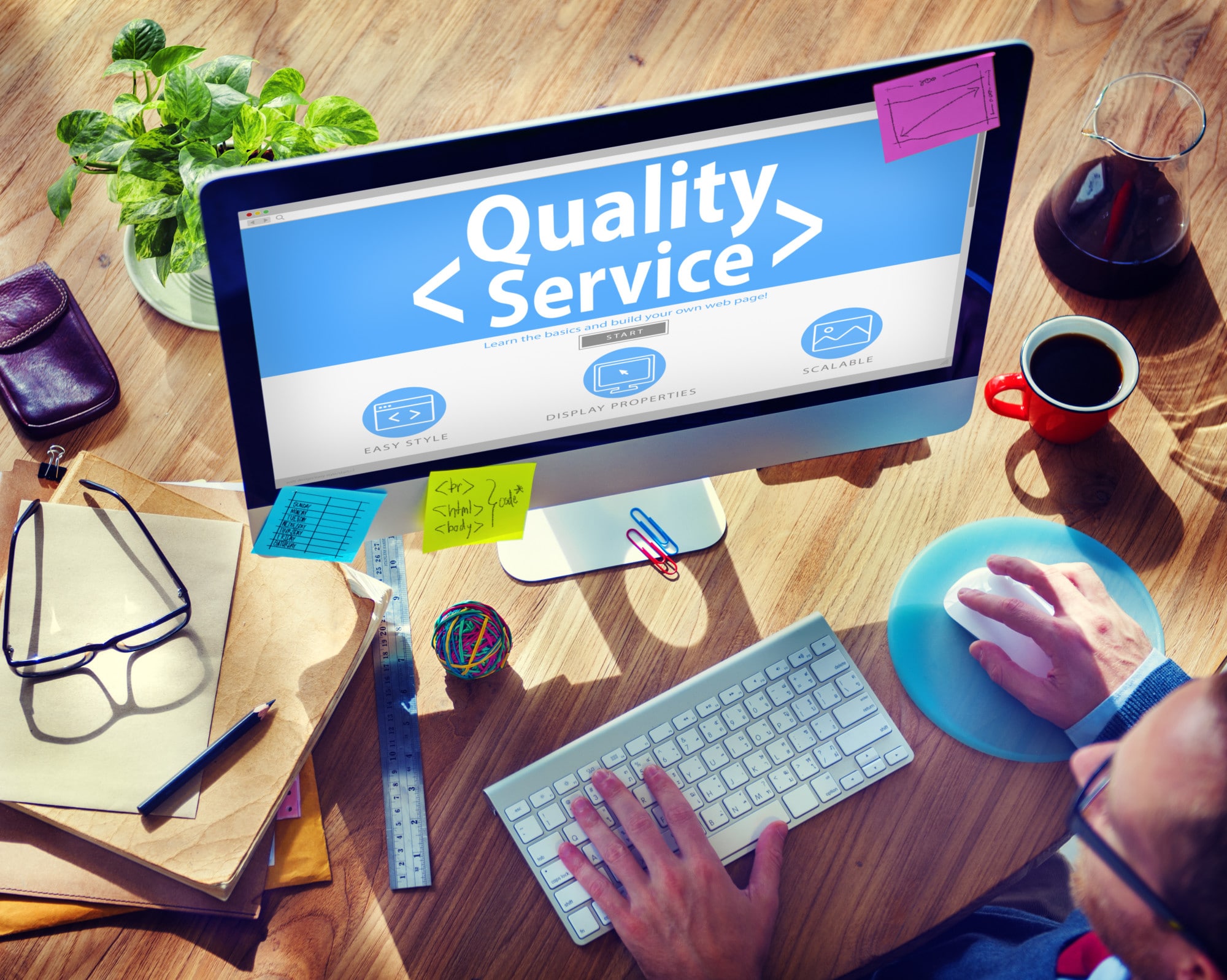Don’t make the mistake of assuming once your website is up and running that there is nothing else to do. If you want a website operating at optimum performance, you need to perform website maintenance.
What does maintaining a website entail? Keep reading for six essential maintenance tips for your small business website.
1. Types of Website Maintenance
There are different types of website maintenance. In essence, maintenance is any action designed to keep a website accessible and responsive. When you dig deeper, you’ll learn there’s more to maintaining a website.
Maintenance for websites falls into two categories. One is performance, and the other is content.
Websites require maintenance to improve their speed and security and ensure applications perform correctly. Site owners also want to review content for relevancy and remove outdated products and information.
2. Update Plugins
Today’s websites rely heavily on plugins. The software adds functionality to websites and allows for the customization of the site.
When plugins are broken or no longer functioning properly, it negatively impacts website performance. In most cases, you can troubleshoot the issue. Otherwise, you’ll need to delete and reinstall.
3. Repair or Replace Broken Links
Websites that use external links for Search Engine Optimization (SEO) run the risk of broken links. This problem happens when a site you’re linking to deletes content on their end.
To avoid the issue, randomly check links to ensure they are working. If not, locate a different source with current content.
Your website also can be the source of broken links, and you’ll need to troubleshoot the problem. Include in your routine website maintenance a thorough test of all page links.
5. Use Secure Password Protocol
When creating a website, you want to protect your site using secure password protocols. Hackers love to break into small business websites and wreak havoc. It can cause a huge inconvenience to your business to learn someone has taken control of your website and made major changes.
Small business websites with e-stores and member pages will also want to perform security checks to ensure they abide by data privacy regulations.
6. Manage and Update Content
After creating a website, it’s a good idea to update content. Outdated content can give the appearance that your business is no longer operational. You want your site to remain engaging and user-friendly.
Maintaining websites includes uploading new content, refreshing images, and ensuring correct contact information.
Update product descriptions and pricing if there’s been a change. Also, make sure your payment features are connected to the right banking systems. If you change your bank account or credit card processor, you need to update any logos and TOS to reflect the new provider.
Optimize Your Website’s Performance
Your website requires regularly scheduled maintenance to maintain optimal performance. Updating your website can also increase its search rankings and improve user experience.
Whether creating a website or providing website maintenance, we can provide everything your site needs. Click here if you’re ready to take your business website to the next level.










